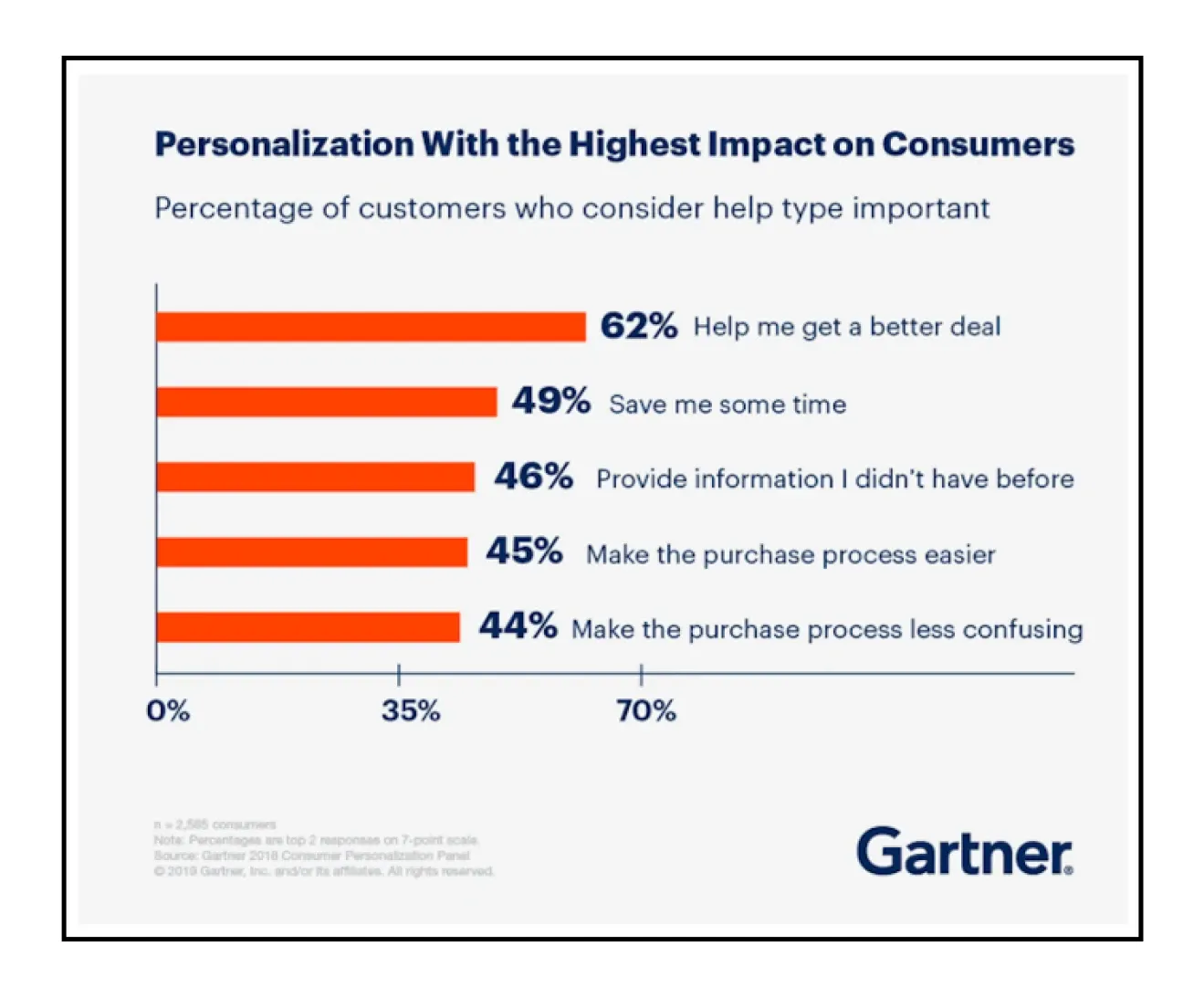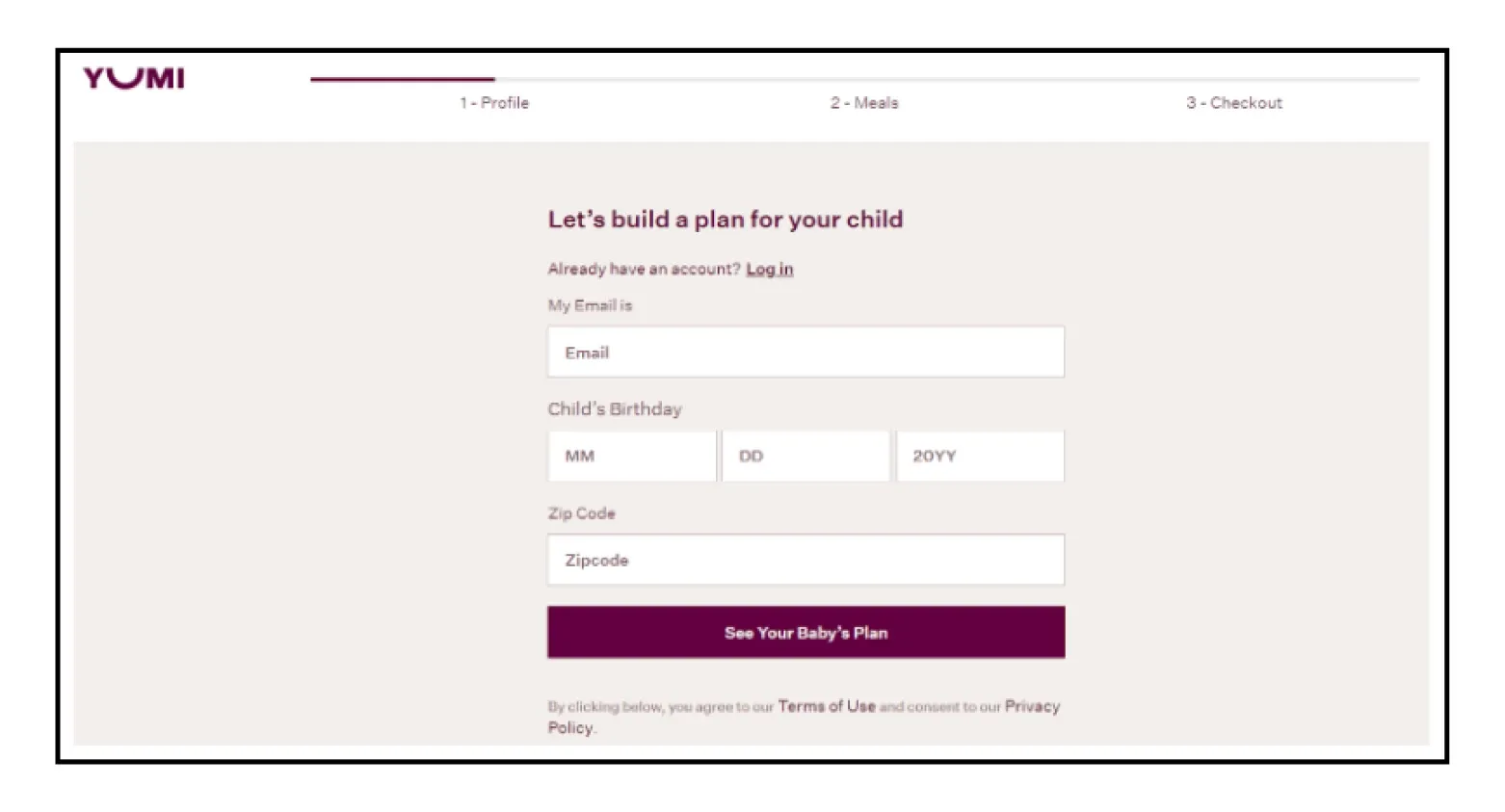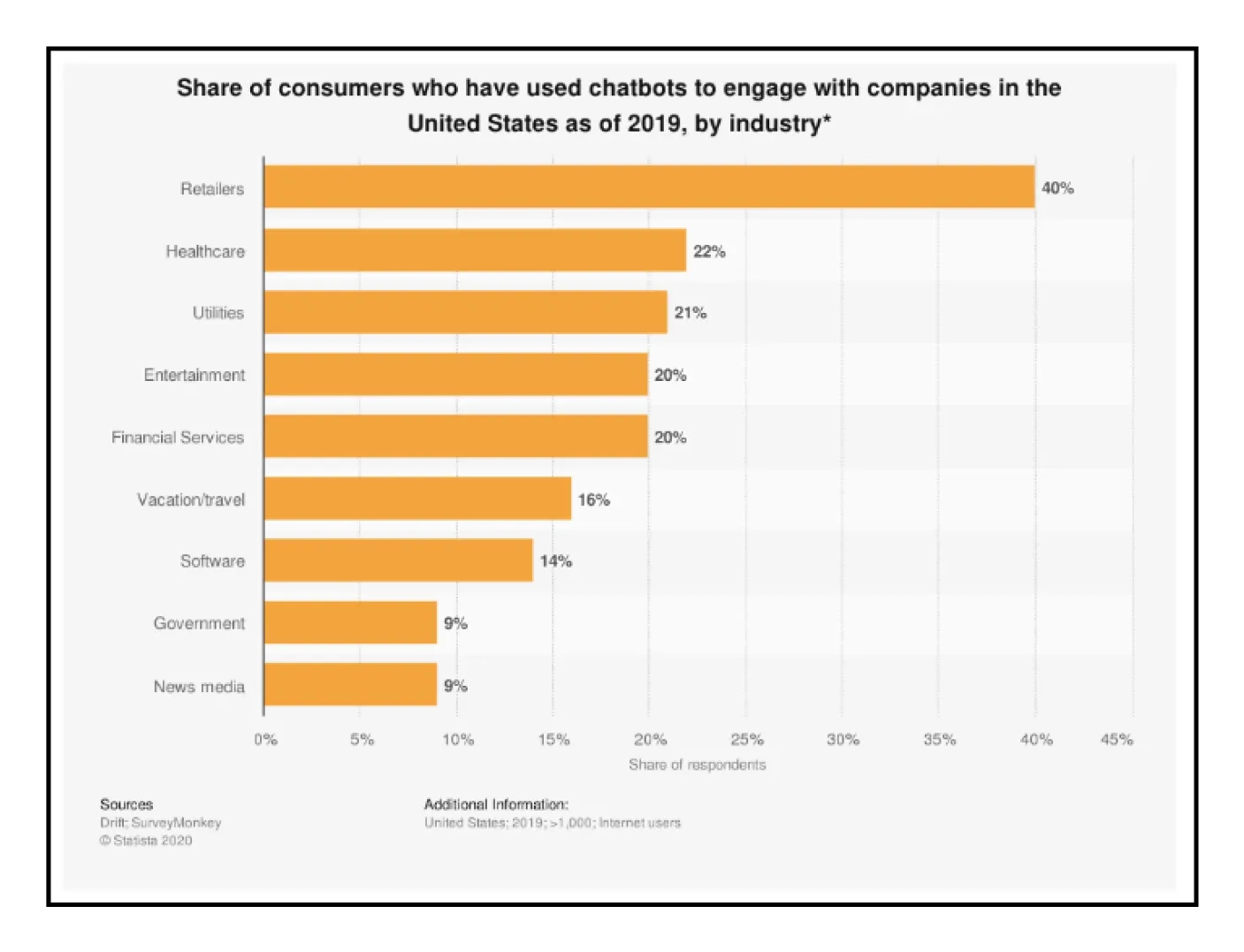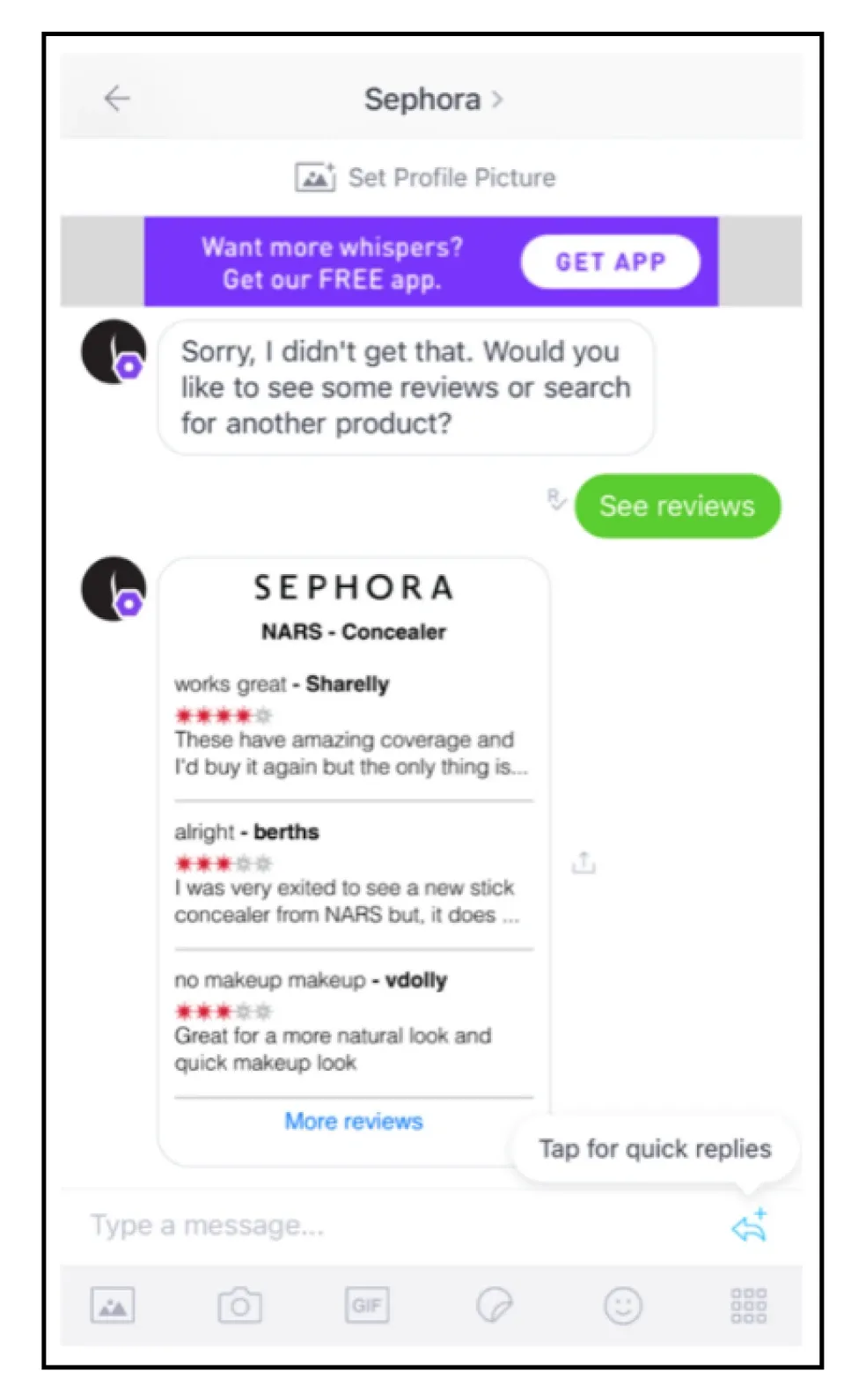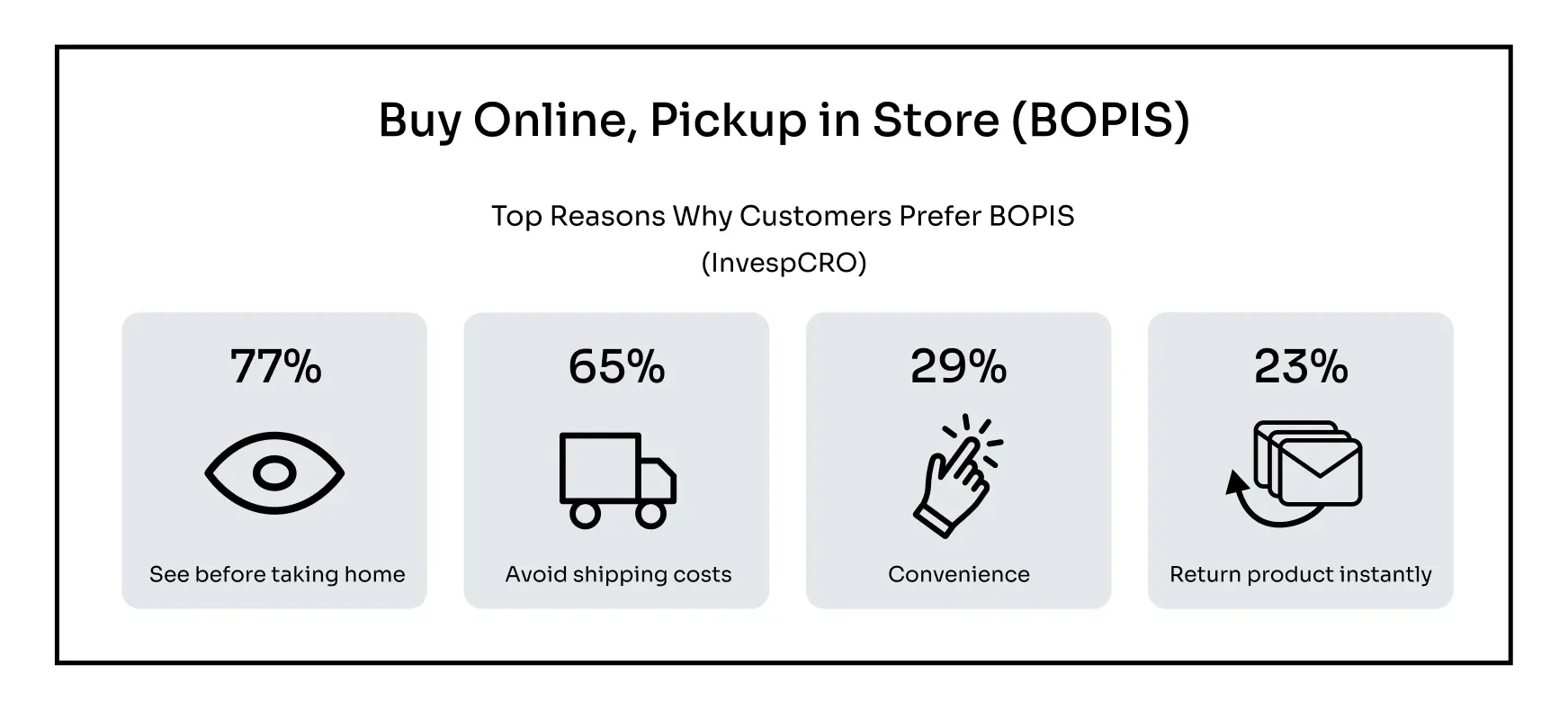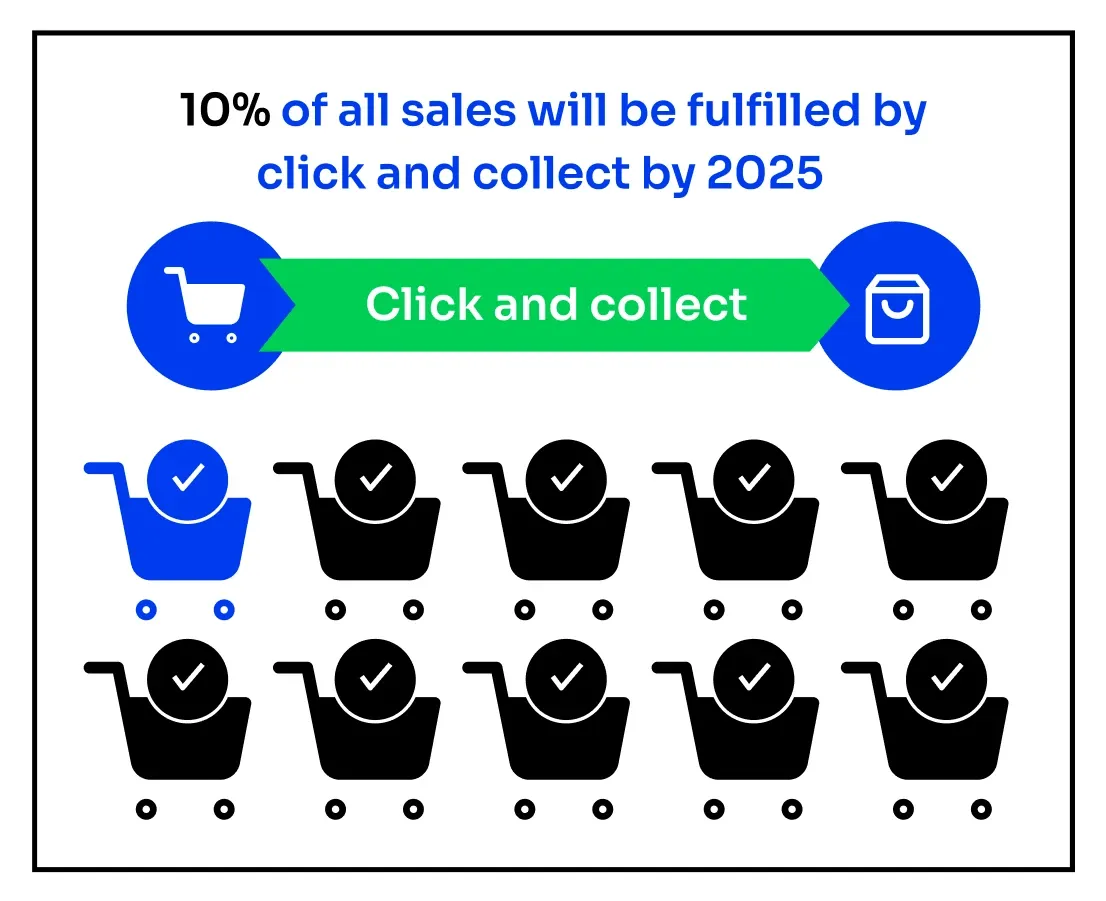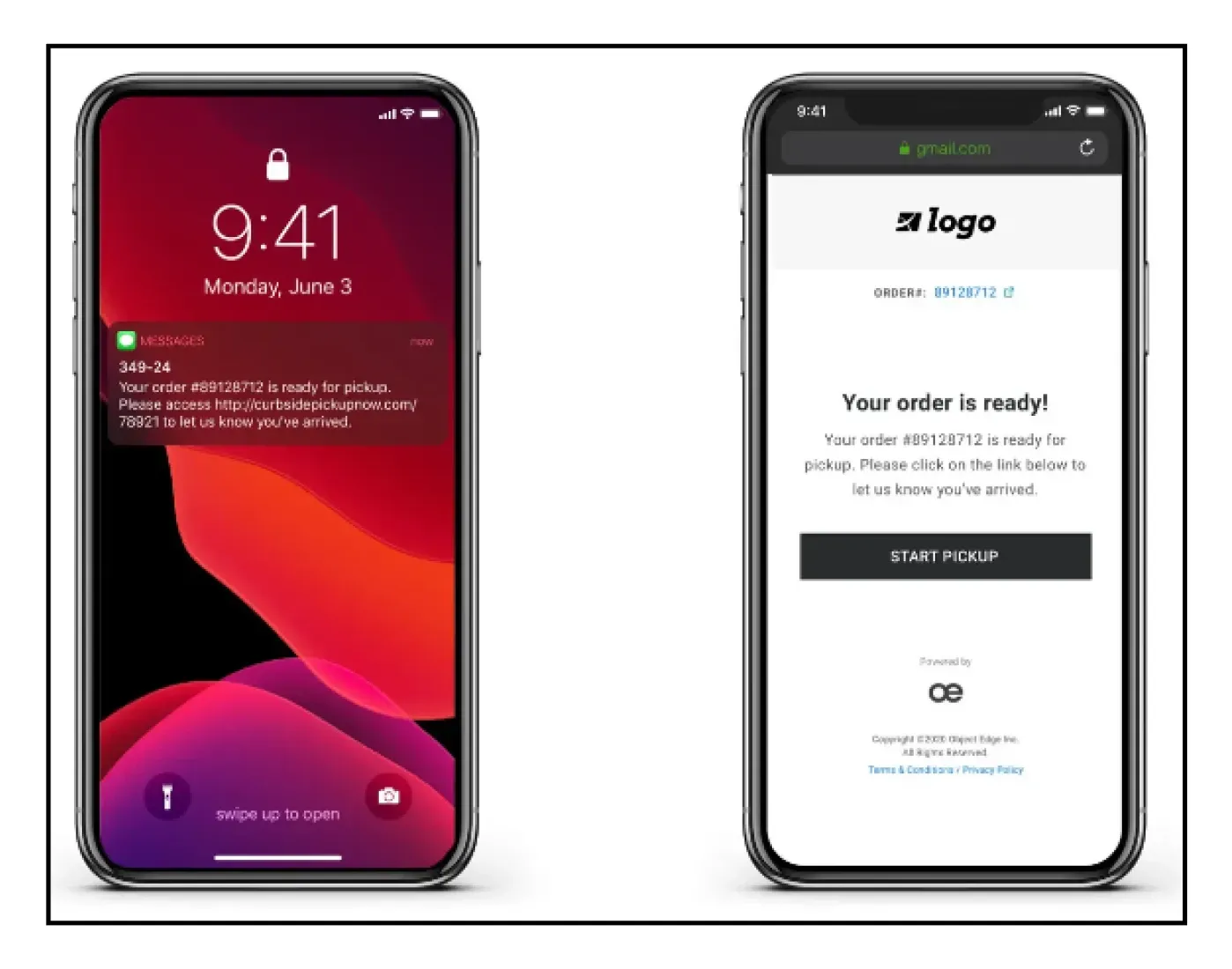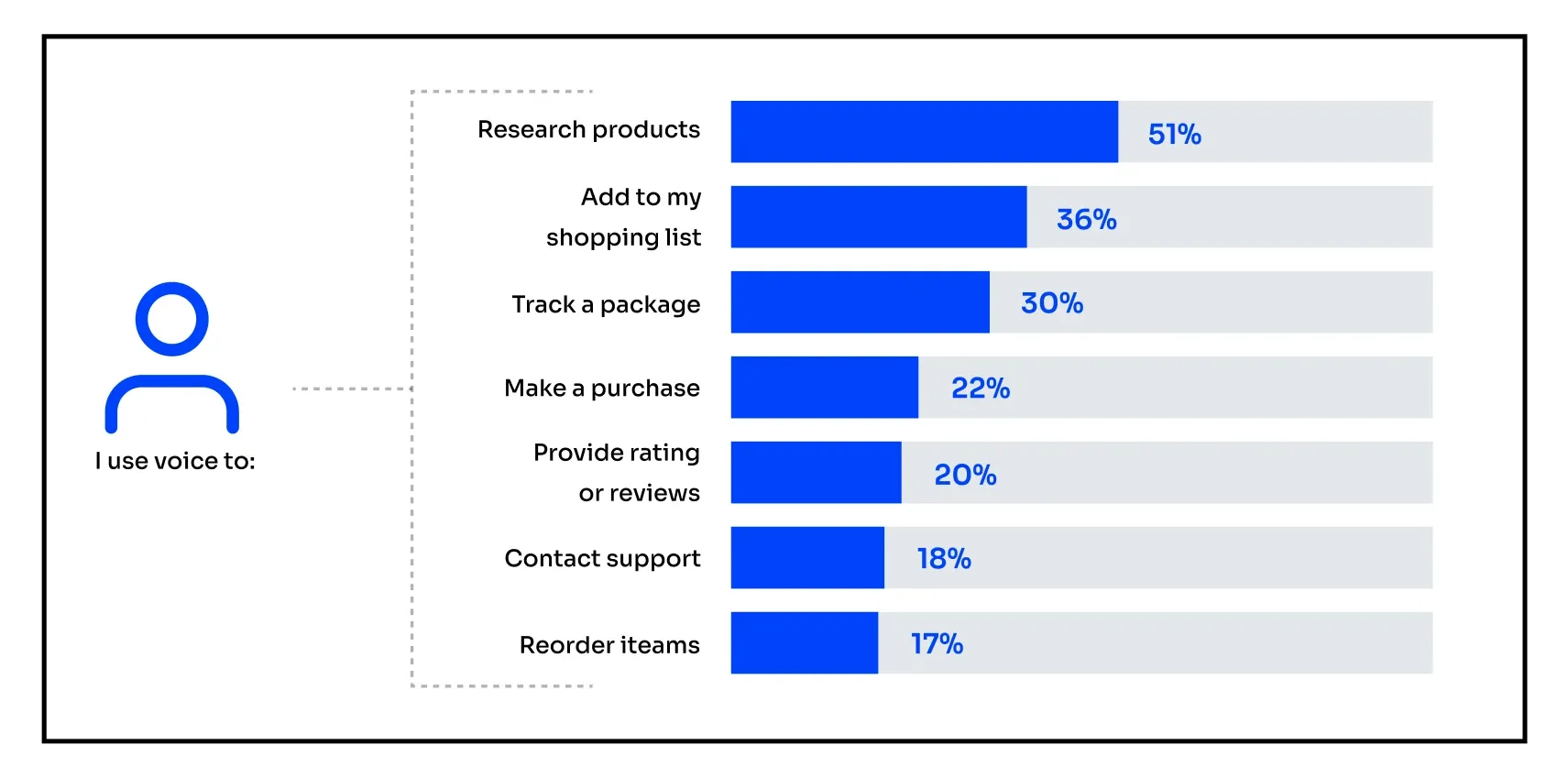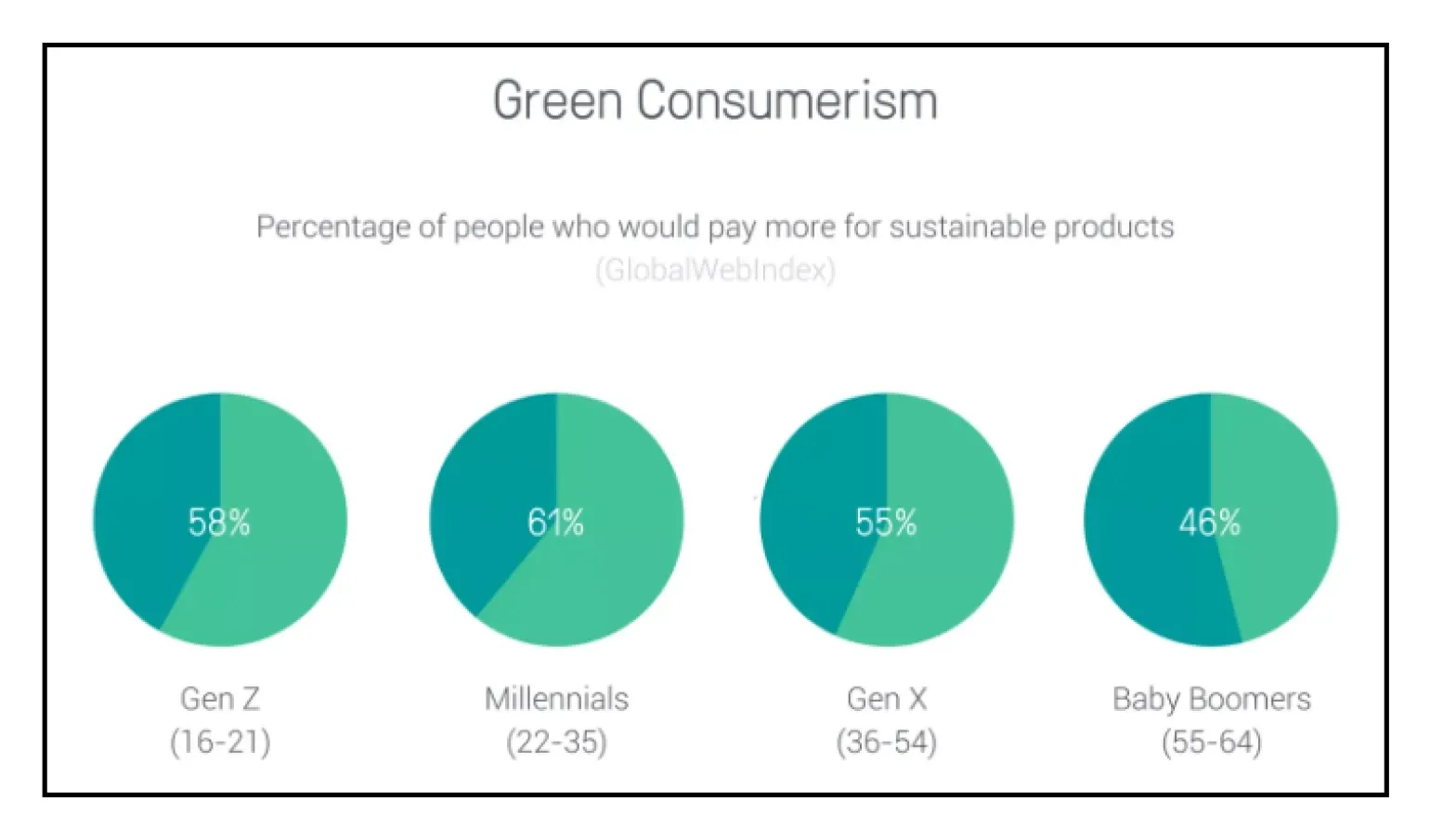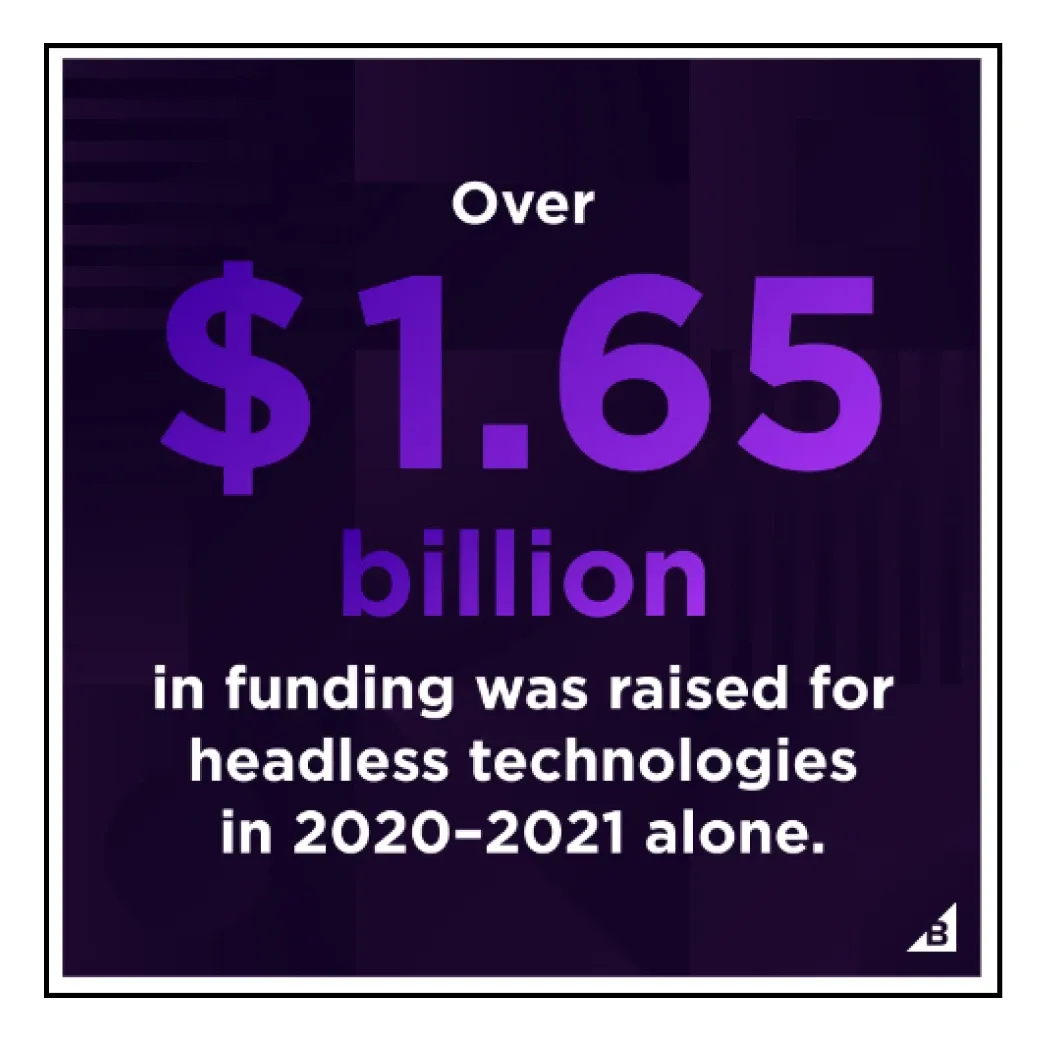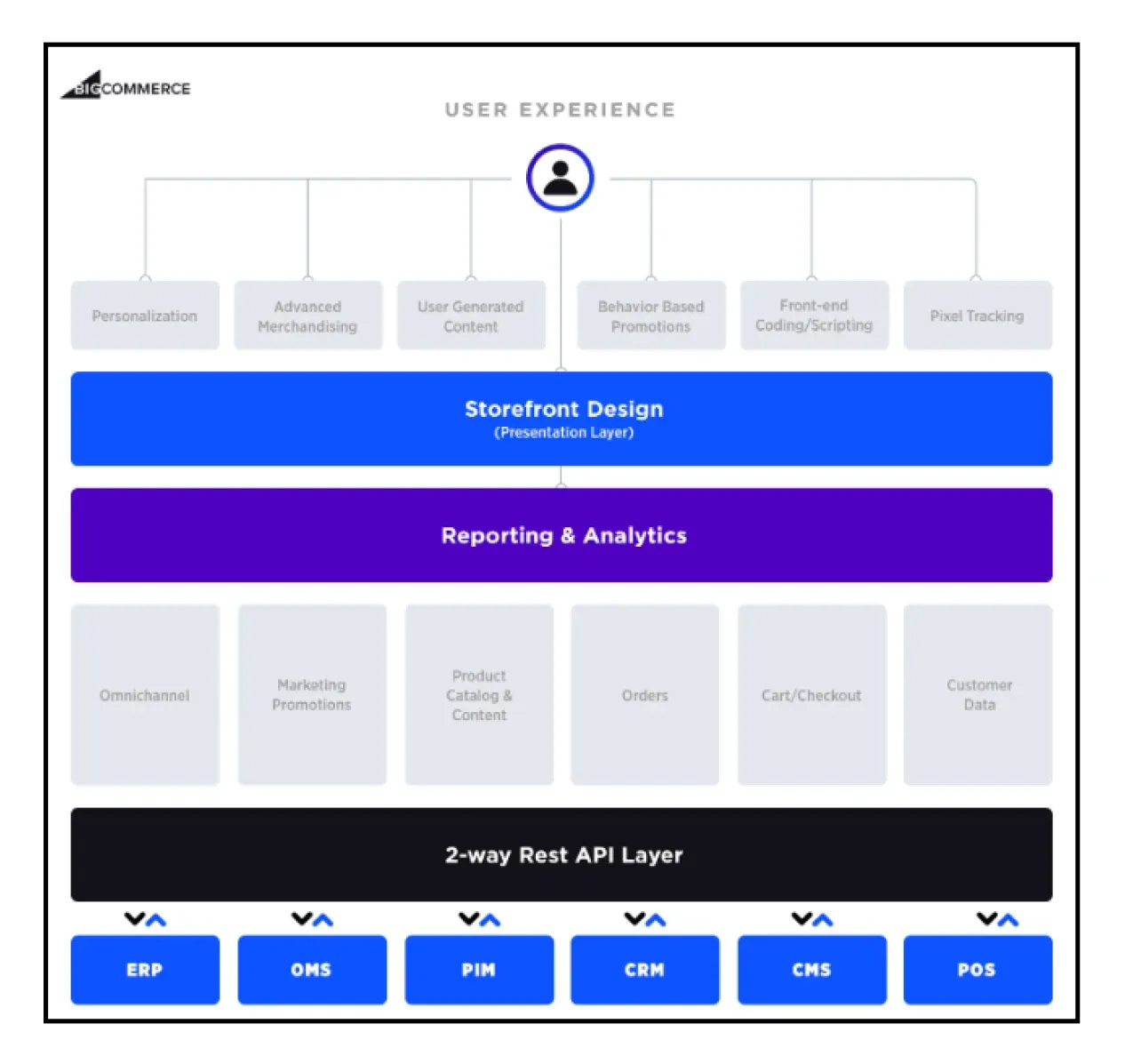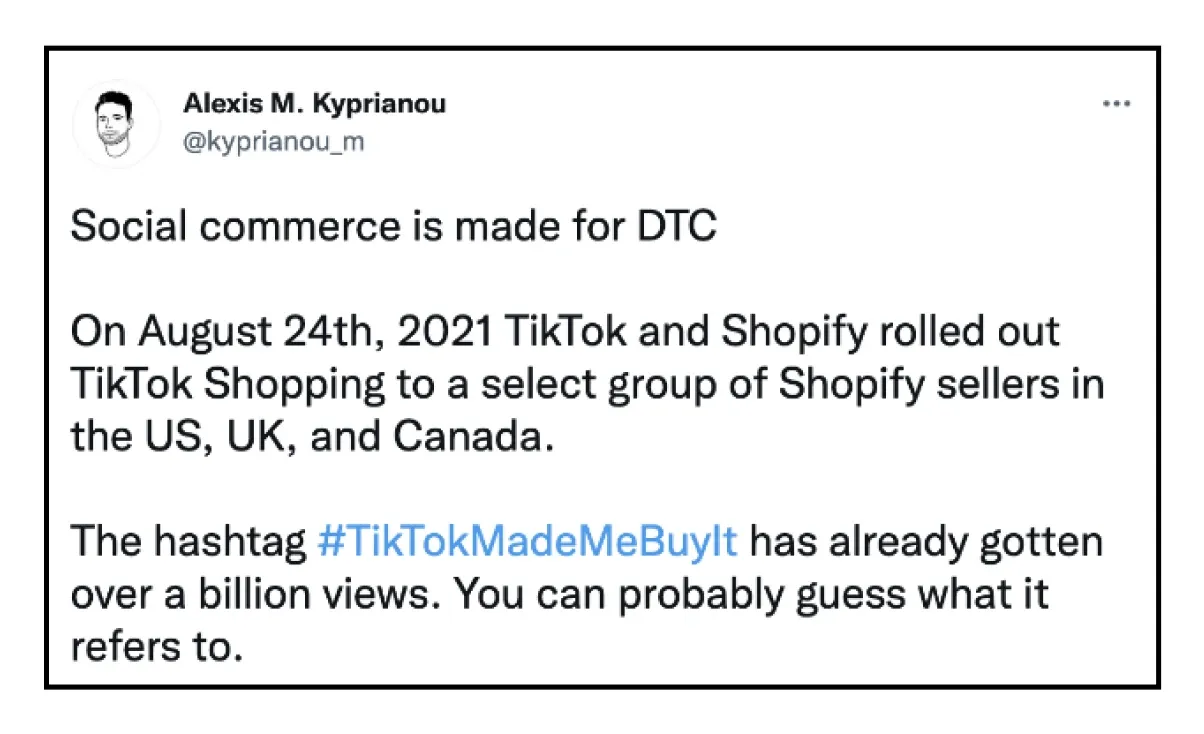The ecommerce landscape is becoming increasingly competitive. Ecommerce will account for 20.4% of global retail sales by the end of 2024, up from 10% just five years ago, according to a recent industry report. DTC brands will need to look beyond these top 3 ecommerce trends.
The only constant is change and ecommerce is no stranger to this truth. We’re shining a flashlight on these 11 ecommerce trends in 2024 (in no particular order) to show you the way ahead:
1) Livestream shopping goes mainstream
Live shopping—video livestreams, also known as interactive virtual shopping—is becoming the rising star of social commerce.
Brands utilize livestream shopping/virtual shopping to promote and sell products via livestreams on digital platforms, frequently in collaboration with influencers. The objective is to offer customers an immersive and interactive experience, allowing them to ask questions and purchase products during the livestream.
Brands are rushing to adopt this trend, which originated in Asia, to interact more closely with their customers.
According to Shopify’s The Future of Commerce report:
- The number of app installations for livestream selling increased by 61% worldwide between January and September of 2021 compared to the same period in 2020.
- 46% of consumers desire to view product videos prior to making a purchase.
- 81% percent of companies intend to increase or maintain their investment in livestream selling to drive sales by the end of 2024.
- Some brands are achieving conversion rates of up to 30% via livestream selling, as well as reduced product return rates.
“My prediction is that in a couple years, the hottest role for a brand to hire is going to be a head of live shopping.”
Kevin Gould, Co-founder – Glamnetic
“In China, they’re sellingFdeF $30,000 vehicles through live shopping. We’re behind.”
Ann McFerran, CEO – Glamnetic
There are numerous apps, such as Bambuser, Klarna Virtual Shopping, and Livescale, that provide a seamless way to connect brand stories with commerce features to monetize the livestream shopping experience.
ecommerce-trends-klarna-virtual-shopping 
Klarna Virtual Shopping brings the in-real-life experience to online stores by connecting customers with support staff via live video, chat, and text.
Services such as a specialized livestream shopping app OOOOO enables you to expand your reach and enhance your brand and product discovery.
Live shopping could be a great channel to incorporate into your 2023 strategy to increase customer engagement, conversions, brand loyalty, and brand differentiation.
2) Augmented and virtual reality is in, for real
Augmented reality (AR) augments the real, physical world with computer-generated images, sounds, and other stimuli.
Using a special VR headset, virtual reality (VR) is a simulation that immerses the user in a seemingly real computer-generated environment.
These technologies have completely revolutionized ecommerce: it enables a customer to not only view a 3D model of a product, but also to visualize how the product would appear when worn.
With this type of technology, customers are able to see the product in its true form, which assists them in making a purchasing decision. It transforms the shopping experience in certain industries, such as fashion and home decor, because the customer can get a better sense of the product.
In 2019, Gartner predicted that 100 million consumers will use augmented reality to shop by 2020, so the numbers are bound to rise in 2024 and beyond.
Customers respond favorably to these technologies:
- 71% would shop more if a company implemented AR.
- The conversion rates of VR-using brands have increased by 17%.
- 77% of AR users said they exploit it to see product differences, such as possible variations of colors and styles. 65% of AR users often use it to find more about product information.
The most popular sectors of AR retail are:
- 60% – Furniture
- 55% – Clothes
- 39% – Foods and beverages
- 35% – Footwears
- 25% – Cosmetics
- 25% – Jewelry
- 22% – Toys
IKEA is among the brands pioneering AR. Using Apple’s ARKit platform, the IKEA Place mobile app enables customers to view 3D digital reproductions of products in their homes. It enables customers to examine a piece of furniture’s compatibility with a room using only a mobile device.
Using the Converse shop app Shoe Sampler, customers can now find the perfect pair of shoes without leaving the comfort of their living room chairs. Additionally, it helps to avoid the try-on process. Simply by pointing a smartphone’s camera at the user’s foot, the app provides and superimposes a variety of Converse shoes.
The app also allows the customer to share various options on social media to discover the opinions of friends and family regarding a purchase.
3) Hyper-personalization via owned data is a gamechanger
Personalization has always been an integral component of online retail. Successful programs have been demonstrated to increase revenue by up to 20%, decrease shopping cart abandonment, and boost customer satisfaction.
ecommerce-trends-website-personalization-statistics
With an increased emphasis on consumer privacy and efforts by platforms such as Facebook to silo and protect their valuable data, it is becoming increasingly difficult for brands to identify who their customers are and where they come from.
Personalization is only as good as the data it is based on. Therefore, brands will need to collect information directly from their customer base. First, by ensuring they’re selling on ecommerce platforms like Shopify that allows them to “own” their customer relationship; and second, by leveraging zero-party data solutions, such as Fairing or OctaneAI to gain direct customer insight via post-purchase questions and conversational quizzes.
It is essential for DTC brands to carefully consider how they will use collected customer data to deliver truly useful and hyper personalized experiences.
For instance, Yumi sells a baby food subscription that is tailored not only to the age of the customer’s infant but also to their food allergies and preferences:
ecommerce-trends-yumi-baby-food-subscription
4) AI for product recommendations and customer support sweetens the deal
Artificial intelligence (AI) and machine learning (ML) improve a brand’s capacity to intensify its personalization efforts and provide superior customer service.
“Based on items you purchased,” “Related to items you’ve viewed,” and carousels of additional products appear on Amazon’s home page whenever one of Amazon’s 150 million shoppers visits, are examples of AI recommendations at work.
But today, the same technology has been democratized and any ecommerce marketer can leverage powerful AI to drive growth.
Orbis predicts that the recommendation engine market, which was valued at USD 3.71 million in 2016, is predicted to be USD 5.12 billion by 2025 as a result of a rising demand for customer retention and a return on investment.
Product recommendations based on the details of the product, such as its name, description, and tags, are presented by the AI recommendation engine as “similar products”. For instance, the product pages of Space NK use this type of recommendation to help customers choose the right product:
ecommerce-trends-space-nk-ai-recommendation-engine
AI can help you create a more efficient sales process by collecting customer data and automating abandoned cart inquiries, among other things. Retail has already adopted chatbots significantly:
ecommerce-trends-retail-chatbots-statistics
Having customers interact with chatbots for simple questions can help move them through the sales funnel like Sephora does here via Kik:
ecommerce-trends-sephora-kik-chatbot
In fact, chatbots enable businesses to save up to 30% on customer service expenses by responding faster to up to 80% of routine inquiries.
5) AI for content creation and marketing makes it faster
Apart from playing a crucial role in enhancing product recommendations, product search, customer segmentation, and customer support, AI will soon bring automation, intelligence, and scale to content production and marketing.
The ability to augment existing staff with AI-enabled tools will allow ecommerce brands to significantly increase their capabilities without increasing headcount. This could make it easier for more DTC brands to achieve profitability and growth in a market that is becoming increasingly competitive.
AI can assist teams in the following areas:
- Content marketing: Services like Frase and Jasper use AI to generate blog copy, product copy, and landing page copy.
- Visual design: Designs.ai and Synthesia use AI to generate logos and social and video content.
- Ad creatives: Tools like Pencil and Bannerbear automate the creation, testing, and optimization of ad creatives for marketing campaigns.
6) BOPIS via omnichannel marketing provides convenience and flexibility
BOPIS (Buy Online, Pick Up in Store) offers customers the best of both worlds: they can browse online, make a purchase when they’re ready, and pick up their order at their convenience.
This provides the customer with valuable flexibility while avoiding expensive shipping fees, lengthy delivery times, and the hassle of shipping back returns.
ecommerce-trends-buy-online-pick-up-in-store
In 2020, BOPIS sales skyrocketed by 259% as consumers sought out secure, quick, and convenient delivery methods.
ecommerce-trends-bopis-sales-statistics
With 90% of retailers planning to offer BOPIS as a customer experience strategy by 2021, the time to implement this for your brand was yesterday!
Whether due to privacy, speed, zero shipping fees, or convenience, BOPIS is likely to remain a consumer favorite. Ensure that you have the infrastructure in place to facilitate this process with minimal friction.
BOPIS works particularly well within an omnichannel strategy; therefore, after selecting an ecommerce platform to host your store, you can investigate marketing platforms with advanced omnichannel capabilities.
Omnichannel marketing is essential for the proper implementation of BOPIS, as your order information, fulfillment, pick-up information, and inventory must be perfectly synchronized across both digital and physical channels.
For instance, a customer places an order on your site. Your omnichannel marketing software will be able to automatically send an order confirmation with pick-up information via email and provide live updates via ‘urgent’ channels, such as SMS and mobile push notifications:
ecommerce-trends-mobile-push-notifications
The customer can be easily directed to the correct pick-up location at the correct time, ensuring that their order is ready for pick-up without the need for lengthy waiting.
7) Voice search and shopping makes ecommerce touchfree
Voice search is anticipated to play a larger role in ecommerce as voice-assisted technologies become not only more sophisticated but also more widespread.
Currently, 71% of customers prefer speaking to typing when conducting online searches. Add to that the rising popularity of technologies such as smart speakers, and it’s reasonable to conclude that voice shopping is about to skyrocket.
As of 2021, nearly one in three (32%) US customers possess smart speakers (Statista, 2021). This marks an eight percentage point increase from 2020.
In fact, the most recent research estimates that as many as 33.2 million customers in the US will use voice search on their smart speakers to shop in 2022 – (Emarketer, 2020). To add some context, this represents a 3.5% increase from 32.1 million in 2021 and 14.1% of the total number of digital shoppers in the US.
It is essential to note that the role of voice-assisted technologies in ecommerce extends beyond the purchasing process. In fact, its value could be greatest during the research phase of the customer journey:
ecommerce-trends-ecommerce-voice-search
This emerging ecommerce trend of voice search and shopping can be incorporated into your SEO and PPC strategies. Utilizing keywords and phrases that are optimal for voice search queries will yield better results.
8) Sustainability is the green signal customers love
Green consumerism is not new, but it is a rapidly growing ecommerce shopping trend. In 2018, more than 50% of online customers stated that environmental concerns influence their purchasing decisions.
Additionally, they are willing to pay more for products they perceive to be more sustainable or environmentally friendly. While it is unsurprising that millennials are at the forefront of this trend, this behavior is shared by all generational groups:
ecommerce-trends-green-consumerism-statistics
To remain relevant in the eyes of modern consumers, your ecommerce brand should strive to adopt more sustainable practices. This should extend beyond eco-friendly packaging and shipping methods. It should be an integral part of your brand’s core values and influence how you source materials, produce goods, and conduct business in general:
ecommerce-trends-greenwashing-statistics
Earning customers’ trust is of the utmost importance for brands whose brand positioning is predicated on sustainability. Yoppie, a brand of personal care products, makes it clear how their products fit into this category and even provides consumers with advice on how to challenge brands that may not live up to their claims.
And if brands cannot uphold their environmental pledges, consumers are likely to discover their deceit.
9) Headless commerce is a no-brainer
There is an emerging ecommerce trend toward headless ecommerce:
ecommerce-trends-bigcommerce-headless-stats
Headless ecommerce shifts ecommerce brands away from monolithic platforms by decoupling the back-end from its presentation layer. Thus, the same data can be accessed, utilized, and displayed regardless of the front-end platform:
ecommerce-trends-bigcommerce-user-experience-chart
Content- and experience-driven commerce strategies can provide brands with:
- Cutting-edge technologies to create futuristic, fast websites
- Adaptability and familiarity for front-end developers
- Absolute control over the site’s architecture
- Effective marketing for innovation without compromising on backend processes
- Rapid time to market for global and omnichannel GTMs
- Increased conversion rates and decreased customer acquisition costs
The Good and the Beautiful started on 1shoppingcart.com with the founder managing the website. However, as sales grew, the platform lacked the scalability to expand alongside the business.
In addition, the team desired a more appealing and user-friendly frontend and determined that migrating to a decoupled architecture was their best option. Likewise, the team required an improved backend experience for shipping and order fulfillment.
The Good and the Beautiful ultimately landed on a headless commerce platform. They saw a 72% increase in conversion rate, a 358% increase in orders, and a 322% increase in revenue after migrating to headless commerce.
10) Group buying makes a comeback
The group buying business model entails subscribers of group buying websites taking advantage of online discount offers, making payments, and waiting until a predetermined minimum number of individuals sign up for the same offer.
The transaction is then confirmed, and the voucher is emailed to the customer. Thanks to this model of cooperation, online stores, restaurants, and other DTC brands that offer their products and services on the websites of various group purchasing services are required to significantly reduce their prices while gaining immediate access to a new market segment, i.e. new customers.
Debbie Mecca, a Shopify expert, predicts:
“Group buying to upsell within a brand’s customer base and expand their networks will be the next wave of referral and loyalty.
It has been prevalent in China for years, but adoption has been slower in the US although this is rapidly changing. This feature is already available in the Chinese version of TikTok, allowing multiple individuals to participate in a promotion together.”
Recent research on community group-buying conducted by NielsenIQ revealed that the cooperation concentration rate between small ecommerce stores, offline retailers, and community group-buying platforms has reached 87%.
They predict that ecommerce giants too will enter this game to “attract traffic” and “appeal to potential customers”.
These emerging ecommerce trends prove that there are more opportunities than ever to innovate and stand out from the competition.
11) Tik Tok sets new benchmarks in social commerce
TikTok is a relatively new social commerce platform, but its rapid growth could lead one to believe that it has existed for longer. TikTok made its official foray into social commerce in 2021 when it partnered with Shopify to launch in-app shopping:
ecommerce-trends-alexis-social-ecommerce-tweet
The video-sharing platform is predicted to surpass Instagram’s 48.2 million US users by 2025, despite Instagram’s six-year head start. – Statista
But TikTok users are not simply browsing the app for entertainment. According to TikTok, 39% of its users have discovered a product or brand they were previously unaware of. Almost half of the app users have made an in-app purchase.
By incorporating product videos into their social commerce strategy, brands new to the video space can test the waters.
Create a short video demonstrating the use of one or two products per video. Film with interactivity in mind, incorporating clickable CTAs that direct viewers to your social storefront.
For inspiration, check out Manly Bands; it is a DTC brand that sells men’s wedding rings. Their TikTok page is an integral part of its social commerce strategy, with regular meme-style videos tagging its TikTok storefront’s products.
Be customer-first always
Although new industry data will always aid in identifying broad trends, niche and industry-specific differences in online shopping behaviors may be subtle but significant.
While industry trends should inform your strategies, it is imperative to always be in tune with your customers. As long as you prioritize your customers and strive to exceed their expectations in every interaction, adopting online shopping trends will come naturally.
Though there is a significant increase in the number of channels on which brands can sell and interact with customers, communication will be the key to success in 2024.
Create a seamless experience for customers across all platforms. Make it quick and simple, and provide flexibility and convenience. Consider the entire customer journey and extend beyond the purchase. Experiment with technology, but make sure it fits the target audience.
DTC brands must have a strong, memorable brand identity, be vocal about their values and what they stand for, and be intimately familiar with their audience.
If you’re prepared for the rapid evolution of ecommerce, you can assist your brand in providing superior customer experiences and fostering deeper, longer-lasting customer relationships.
You may also like
Essential resources for your success

